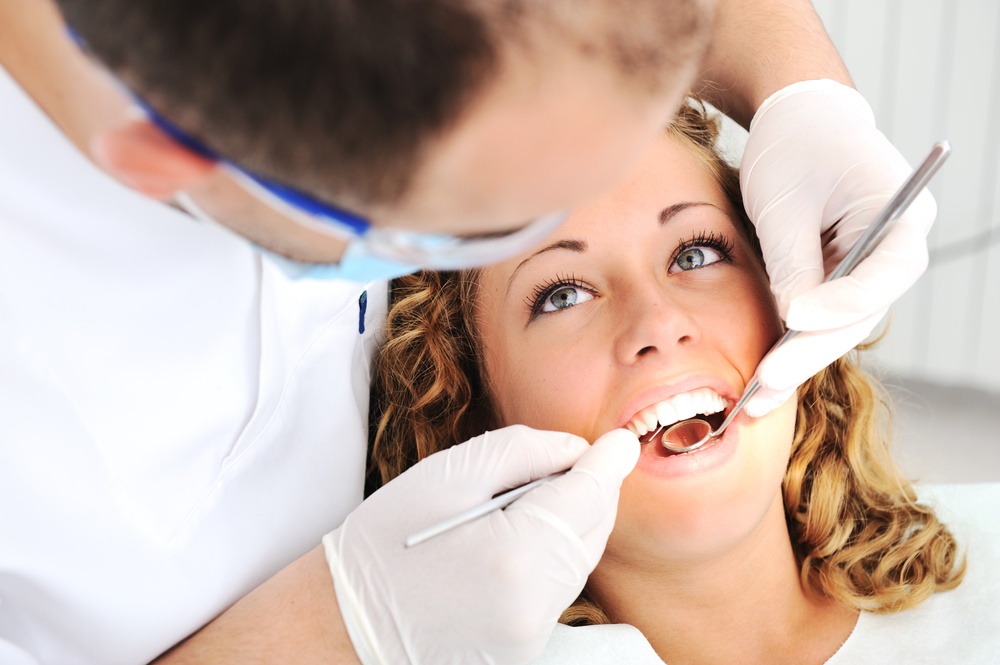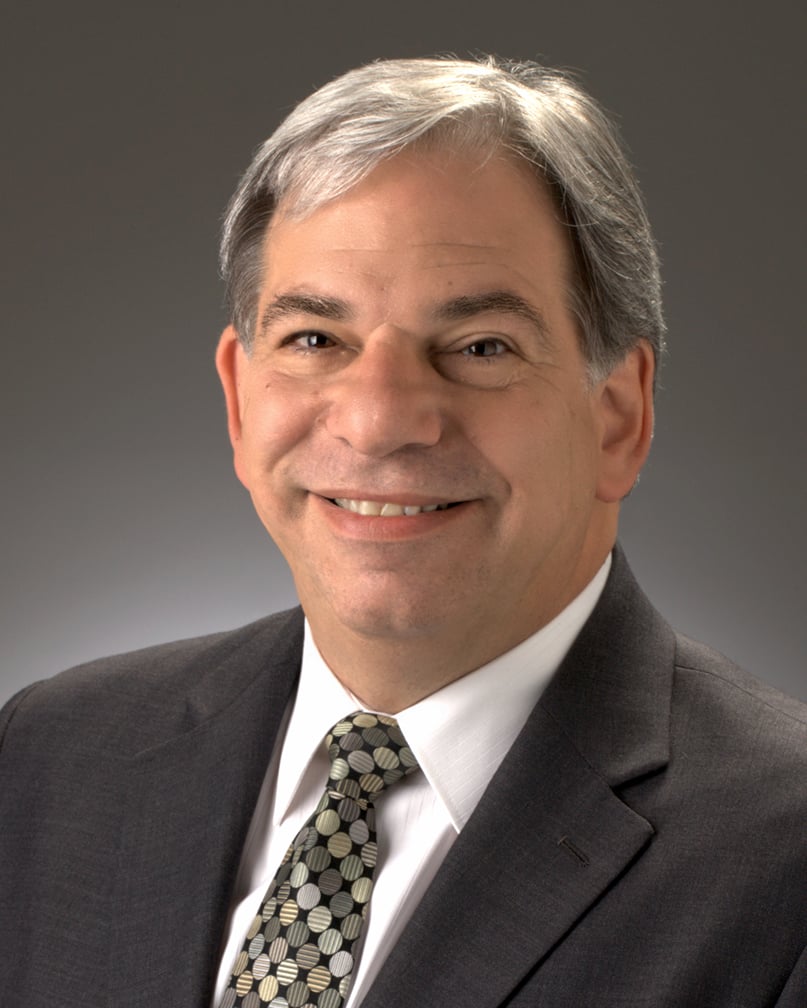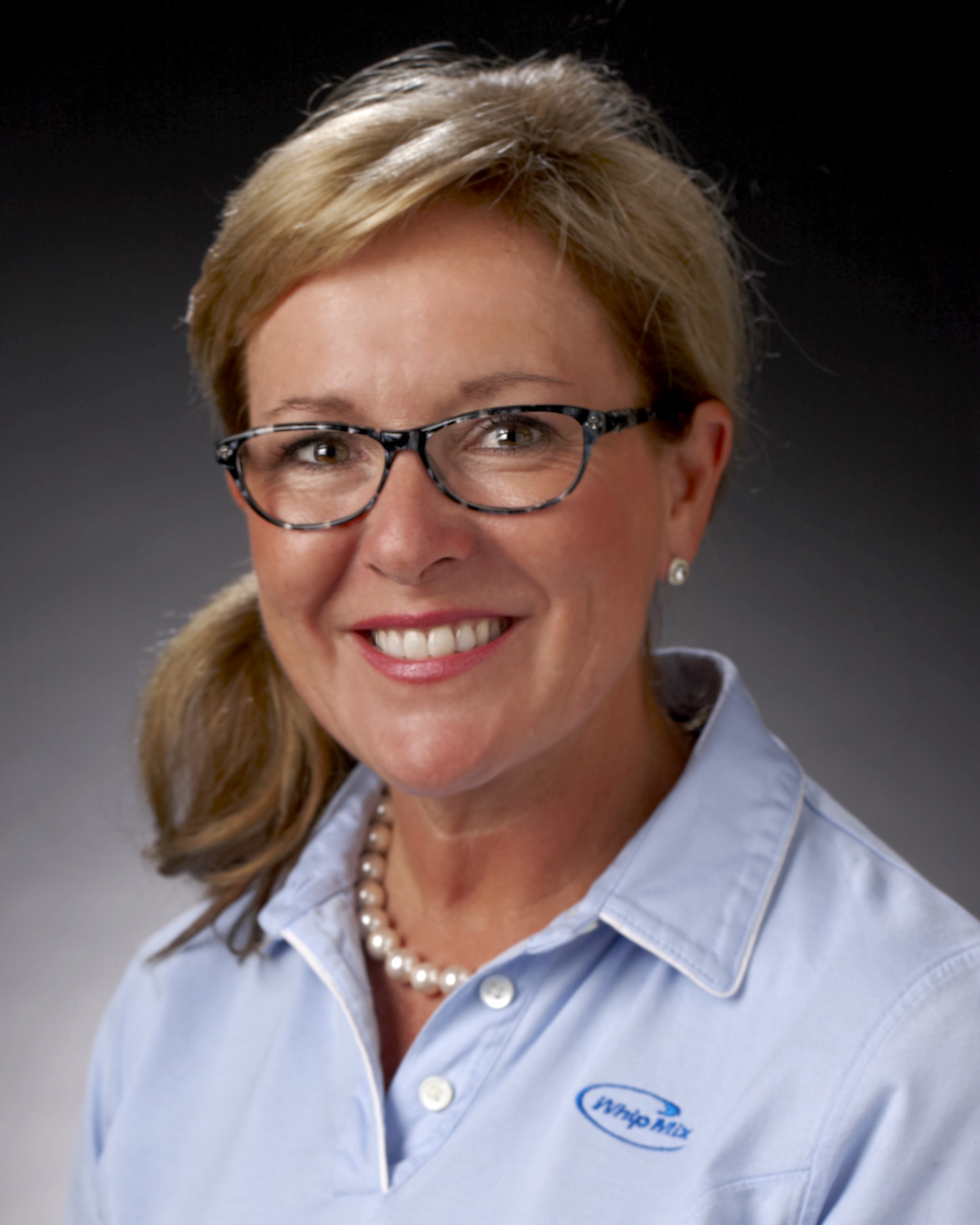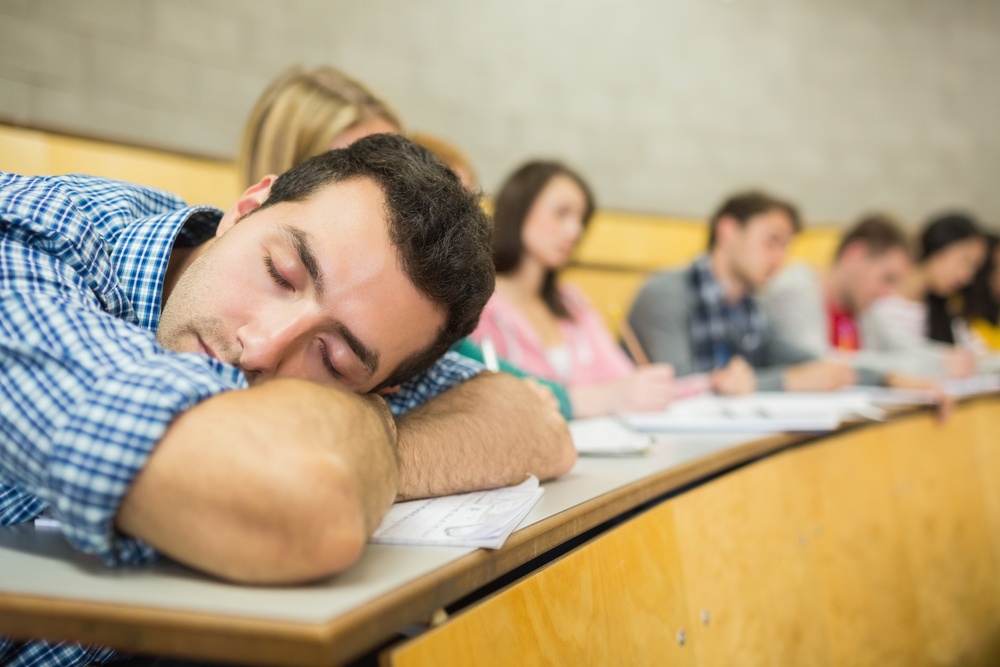
The condition of Obstructive Sleep Apnea (OSA) is growing rapidly and often the dentist is the first person in a medical treatment team to detect that. Patients who are engaged in conversation with the dentist or staff about their overall health and sleep habits are often made aware of the condition and its potential symptoms for the first time.
A Frost & Sullivan report commissioned by the American Academy of Sleep Medicine estimates that 29.4 million Americans, or 12% of the US adult population, suffer from obstructive sleep apnea (OSA).1 Approximately 5.9 million adults are diagnosed with OSA in the US, indicating that 80% of the OSA cases remain undiagnosed.1 Frost & Sullivan further estimates that the associated costs of undiagnosed OSA amounted to $149.6 billion in 2015.1
Patients usually see their dentist more often than their physicians, and symptoms of sleep problems can be detected by a simple observation of the oral cavity and the wear caused by night time bruxism. As dentists start looking into sleep and its effects on general health, they can move into a more comprehensive and beneficial screening process.
Affected patients will usually admit to snoring and perhaps being tired all the time. At that point, the dentist can start with a detailed health history and then lead to home sleep testing to determine if there is indeed an OSA concern. If the patient repetitively stops breathing during sleep, beyond bothersome snoring, it can cause hypoxia, stress, poor and insufficient sleep, an enlarged heart, constant sleepiness, and possibly lead to stroke.
Following the health history, a comprehensive clinical exam can be conducted to determine if a screening is indicated. A narrow airway, determined by radiograph, and elevated blood pressure combined with an enlarged tongue, uvula or tonsil tissue, can indicate the necessity of further testing.
The dentist has an effective way to begin the process of helping a sleep physician make a diagnosis by using a home sleep test. The results of the home test, if indicative of sleep apnea or other sleep anomalies, can then be treated by intraoral appliances, made by a dental laboratory and supplied by the dentist, or various CPAP therapies prescribed by a sleep physician.
One of the simplest ways to screen a patient is to provide them with a pulse oximeter, such as the GEM. These devices assess the functioning of the airway using SPO2 and variations in heart rate to measure how well the airway is functioning. The Oximeter measures the blood oxygen level and heart rate then transmits the data to a Tablet for storage and processing.
More thorough testing can be accomplished using the GEM PRO, a more advanced unit that measures Bruxism, the type, frequency, strength and total masseter energy expenditure, snoring levels, clenching and grinding, changes in heart rate during sleep, oxygen desaturation, and body position.
The type of screening device that offers the highest number of pertinent tests is something called the NoxT3. It follows the medical model of diagnosing, using temporary treatment, checking effectiveness, and retesting. It is a complete system for diagnosing bruxism and airway for patients that may result in sleep apnea referrals or dual arch oral appliances.
It’s easy to use and comfortable for the patient and offers 14 different channels including Masseter, Airflow, Effort, Pulse Rate, and Audio. And, when the testing is finished, all of the data and software can then be shared with the sleep physician for a diagnosis.
When a dentist becomes involved in the total health of the patient, it becomes essential that the dentist and sleep physician work together to ensure the general health of their patients.
1 Taking a bite into sleep apnea
Arvin Ahmadieh, DDS











Leave a comment